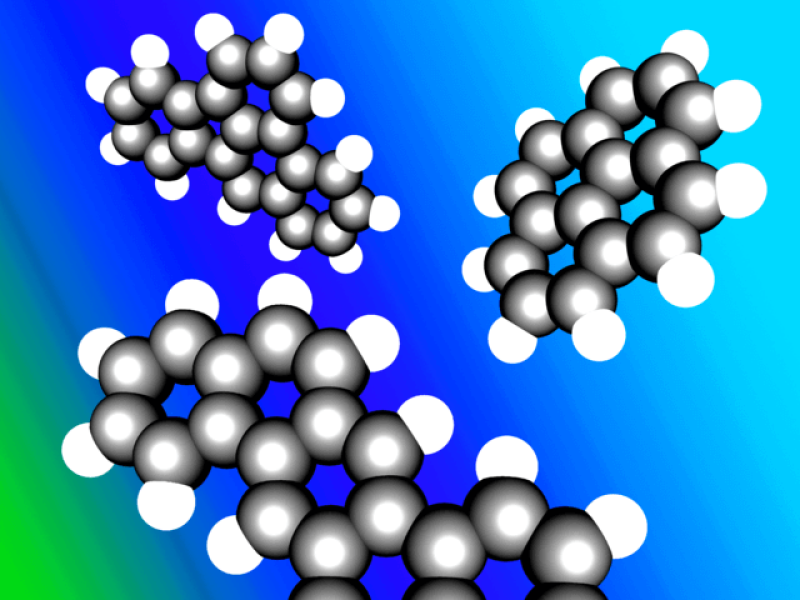The origin of life is a fascinating question that has held the interest of our species for many centuries. While early theories pointed mostly to the divine, scientists in the past century have been able to shed a little more light on how and where our common ancestor may have originated. Tracing the roots of the tree of life far enough will take us from multi cellular organisms to single celled organisms and even further to simple molecules that ‘evolved’ in a certain sense to become more and more complex, crossing over the line from being chemical to biological.
Now in a new study published in the journal Nature Communications, scientists at the University of Glasgow have taken a unique approach to this question by looking at ‘chemical evolution’–whether evolution might occur in mixtures of different oil molecules. The researchers chose five oily chemicals and using a robot that they specifically engineered for this experiment, they developed a system whereby the robot would create individual oil droplets made up of the 5 oils in different proportions and place them on a dish with water. An attached camera was then used to record and analyze various behavioral patterns of the droplets such as velocity, angular velocity, vibration and division into smaller droplets. These behaviors changed based on the individual properties of the chemicals such as solubility, density and surface tension among others.
By using a specific algortihm to select for certain ‘traits’ such as high velocity and the ability to divide, the robot placed additional droplets (progeny) of the fittest droplets in the next cycle while removing the ones that did not exhibit the desired behavior. In a span of 21 generations, scientists were able to show that the robot had selected the compositions that delivered optimally expected behavior without the use of any human intervention. This is an important experimental finding because it suggests that under the right pressures, simple chemical mixtures can ‘evolve’.
Keeping in mind that the selective pressure applied on the droplets was based on a program written by the scientists leaves us with the question of what the force might have been billions of years ago. The authors of the study speculate on this, hoping to answer the question by allowing the system to become more autonomous and less programmed over time.
Not only can the platform be used to explore simple oil-droplet formulations selected for specific functions, we hope this system can be used to explore the concept of oil droplets with the ability to catalyse their own formation. As a result, we hope this work will give a new direction to study how minimal information inputs, coupling chemical assemblies with algorithms, can lead to spontaneously emerging complex evolutionary systems.
The ‘ability to catalyze their own formation’ part is of critical importance as it might offer the first selective advantage that would allow certain oil bound chemical compositions to exist more frequently than others. Should similar evolving chemical compositions have existed in early Earth, they could have combined with other molecules that may have existed during the same period such as self-catalyzing RNA or chains of amino acids and evolved into self-replicating primitive protocells capable of functions such as metabolism and storing energy.
While it is a rather large imaginative leap from this study to the evolution of life forms, it is very useful in testing the evolution of complex systems from simple ones in a laboratory. The use of a robotic system is noteworthy too, as an experiment would take a lot longer if it were done by humans and is less likely to be as precise.
The search for the origins of life has been going on for a while now. From asteroids and meteorites to chemical soups, there are many theories, and the origin of life may not lie in one or the other, but somewhere in between. There is much work to be done however, before we get to an answer. By combining the best of artificial and human intelligence together with the speed and accuracy afforded by robotics, we might just get to it a little bit quicker.
Arvind Suresh is a science communicator and a former laboratory biologist. Follow him @suresh_arvind
Additional Resources
- Are we Martians? DNA survives entry into Earth’s atmosphere–Are planets source of life?, Genetic Literacy Project
- Searching for messages from ET in life’s Genetic Code, Genetic Literacy Project































